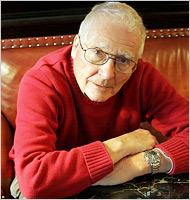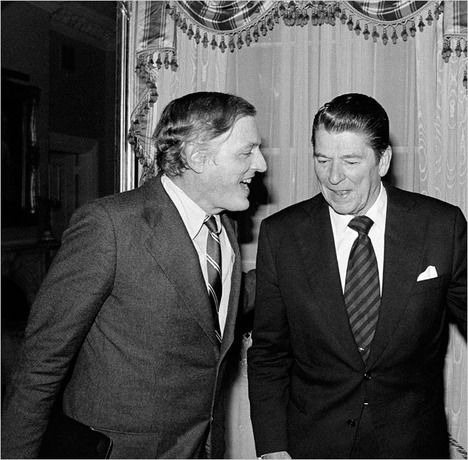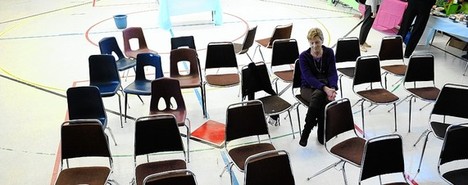Before the passage quoted below, Fagan briefly discusses the two probable waves of humans spreading out from Africa, the first of which is believed to have occurred about 100,000 years ago.
(p. 10) A second, even less well-documented push seems to have taken place later, around fifty thousand years ago. This time, moderns settled throughout Near East Asia and stayed there, apparently living alongside a sparse Neanderthal population. This widely accepted theory assumes that by this rime the newcomers had all the intellectual capabilities of Homo sapiens. Just when and how they acquired them remains a major unsolved problem. All we can say is that at some point between one hundred thousand and fifty thousand years (p. 11) ago, at a seminal yet still little known moment in history Homo sapiens developed the full battery of cognitive skills that we ourselves possess.
Source:
Fagan, Brian. Cro-Magnon: How the Ice Age Gave Birth to the First Modern Humans. New York: Bloomsbury Press, 2010.
(Note: italics in original.)




